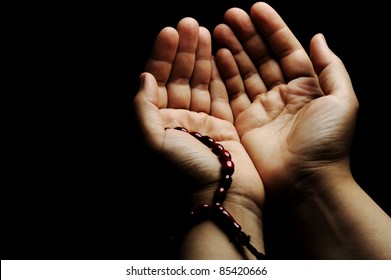A picture speaks louder than 1000 words.
Above is a size comparison of iphone 5, iphone 11 pro, google pixel 4 xl.
How did they become so big?
Why did they become so big?
When did they become so big?
Who made them so big?
It was a gradual, progressive change by the manufacturers which no user asked for. How are they
justifying it? That is the main question.
justifying it? That is the main question.
This is how they normalized big phones.
- Same phone size but bigger screen (by reducing the bezel) to make us get used to the big screen
- New phone with the previous screen but with some added bezel on top and bottom
Repeat the steps 1,2.
Most often they say that to accommodate bigger battery we need bigger phones but we only need
bigger battery if we have a bigger phone which eats a lot of battery. Now let us come to the icon
placement of applications and OS (android, iOS).
bigger battery if we have a bigger phone which eats a lot of battery. Now let us come to the icon
placement of applications and OS (android, iOS).
Most use their phones with one hand and mainly and only they use thumb. If that is all you use then
you probably hate using a bigger phone and want a smaller phone, so they forced users to use two
hands by placing action items of OS and application at top and bottom, mostly top because if you hold
your phone from the bottom and if the action items are on top then you use other hand to activate them (by touch)
you probably hate using a bigger phone and want a smaller phone, so they forced users to use two
hands by placing action items of OS and application at top and bottom, mostly top because if you hold
your phone from the bottom and if the action items are on top then you use other hand to activate them (by touch)
On top you have OS items like notification, settings etc.,. At the bottom you have some other stuff.
In the middle you just have empty space. What if all of it was at the bottom? Then you can use it with
just one hand and a thumb and realize that you don’t need a huge long phone. Why aren’t app
developers placing their action items all at bottom too? Well most app developers use templates
given by OS (apple iOS , google android) makers and these templates force you to have such layout.
In the middle you just have empty space. What if all of it was at the bottom? Then you can use it with
just one hand and a thumb and realize that you don’t need a huge long phone. Why aren’t app
developers placing their action items all at bottom too? Well most app developers use templates
given by OS (apple iOS , google android) makers and these templates force you to have such layout.
Psychology of a big phone
- If a phone is small and you are using it with only one hand then your other hand has something else or doing something else. Then you have two choices; Phone at hand 1 and something else at hand 2 (may be TV remote or a book). The chances of you leaving your phone for something else are now 50%. When the phone is big and you have to use both hands to use it then you have only 1 choice forward in your hand. Your phone. So the chances of you not leaving your phone for something else are reduced by 50%.
- A smaller phone fits into your pockets and thus it is out of your sight. A bigger phone does not fit into your pocket, especially when you are sitting down, it presses against your thighs and makes it very uncomfortable. So at work or at home when you are sitting you take it out of your pocket and keep it in your hand. So a bigger phone essentially makes you to always hold it in your hands and keep it in your sight which exponentially increases the chance of you using it now since you are always seeing, touching and holding it.
- Across cultures humans have always joined their palms to show submission. Whether it is the namaste of hindus, budhists, jains, sikhs, the open palm towards the sky of muslims, or joining hands with crossed fingers for christians or any other faith. A bigger smartphone requires you to join your hands in similar fashion resembling as sign of submission to a higher being.



